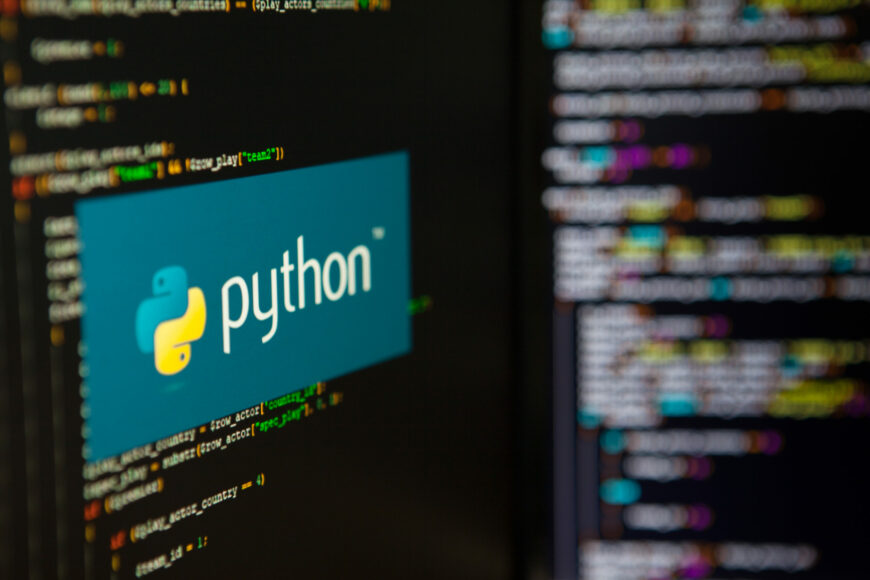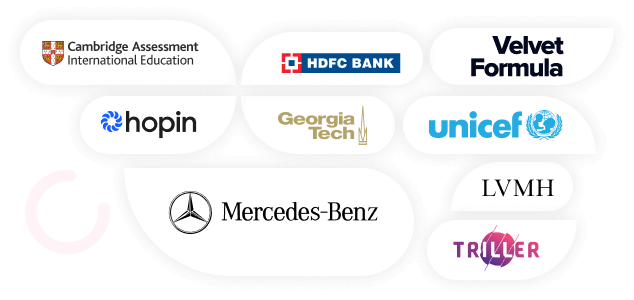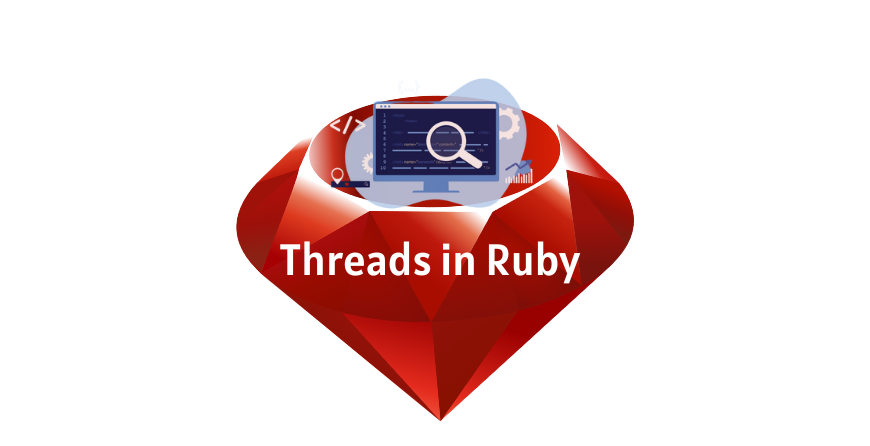Table of Contents
There are over 500 current programming languages, with more being written every day. Admittedly, the majority of these overlap, and a large number were never meant to be used outside of a theoretical or lab setting. But for the programming languages that are used in everyday coding and businesses, you have to make a choice. What languages should you learn, and why should you invest your time in learning them?
As this is a site devoted to Python, we’ve already told you why Python is a great language to learn. And you probably know how Python is probably the most preferred language for the Raspberry Pi (as most come preloaded with it).
And knowing that, you know what amazing things you can do with a Pi kit and just a little ingenuity. While it’s easy to see how you can tinker with Python, you might be wondering how this translates to an actual business and real-world applications.
What we’re going to do now is tell you about eight top-tier companies that you know that use Python. That way you can see what great real-world opportunities there are for Python developers out there.
Industrial Light and Magic
Industrial Light and Magic (ILM) is the special effects powerhouse that was founded in 1975 by George Lucas to create the FX for Star Wars. Since then, they’ve become synonymous with FX, winning multiple awards for their work in movies and commercials.
In their early days, ILM focused on practical effects but soon realized that computer-generated effects were the future of FX in general. Their CGI department was founded in 1979 and their first effect was the explosion sequence of the Genesis Project in Star Trek II: The Wrath of Khan.
Originally, ILM’s CGI studio ran off of a Unix shell, but this was only handling a relatively low amount of work. Because the studio foresaw the future of CGI, they started looking for a system that could handle the aggressive upscaling that they saw in the future.
ILM chose Python 1.4 over Perl and Tcl, opting to use Python because it was much faster to integrate into their existing infrastructure. Because of Python’s easy interoperability with C and C++, it was simple for ILM to import Python into their proprietary lighting software. This lets them put Python in more places, using it for wrapping software components and extending their standard graphics applications.
Despite numerous reviews, ILM continues to find Python to be the best solution for its needs. The combination of an open source code combined with the ability to back-port changes ensures that Python will continue to meet ILM’s needs for a long time.

Google has been a supporter of Python from nearly the very beginning. In the beginning, the founders of Google decided on “Python where we can, C++ where we must.” This meant that C++ was used where memory control was imperative and low latency was desired. In the other facets, Python enabled ease of maintenance and relatively fast delivery.
Even when other scripts were written for Google in Perl or Bash, these were often recoded into Python. The reason was because of the ease of deployment and how simple Python is to maintain. In fact, according to Steven Levy – author of “In the Plex,” Google’s very first web-crawling spider was first written in Java 1.0 and was so difficult that they rewrote it into Python.
Python is now one of the official Google server-side languages—C++, Java, and Go are the other three—that are allowed to be deployed to production. And in case you aren’t sure about how important Python is to Google, Python’s very own BDFL, Guido van Rossum, worked at Google from 2005 to 2012.
Facebook production engineers are exceptionally keen on Python, making it the third most popular language at the social media giant (just behind C++ and their proprietary PHP dialect, Hack). On average, there are over 5,000 commits to utilities and services at Facebook, managing infrastructure, a binary distribution, hardware imaging, and operational automation.
The ease of using Python libraries means that the production engineers don’t have to write or maintain as much code, allowing them to focus on getting improvements live. It also ensures that the infrastructure of Facebook can scale efficiently.
According to a 2016 post by Facebook, Python is currently responsible for multiple services in infrastructure management. These include using TORconfig to handle network switch setup and imaging, FBOSS for white box switch CLIs, and using Dapper for scheduling and execution of maintenance work.
Facebook has published numerous open-source Python projects written for Py3 including a Facebook Ads API and a Python Async IRC bot framework. Facebook is currently in the process of upgrading its infrastructure and handlers to 3.4 from 2, and AsyncIO is helping its engineers in the process.
In 2016, the Instagram engineering team boasted that they were running the world’s largest deployment of the Django web framework, which is written entirely in Python. This likely still holds today. Min Ni, a software engineer at Instagram says this about their production use of Python:
“We initially chose to use Python because of its reputation for simplicity and practicality, which aligns well with our philosophy of ‘do the simple thing first.’
Since then, Instagram’s engineering team has invested time and resources into keeping their Python deployment viable at the massive scale (~800 million monthly active users) they’re operating at:
“With the work we’ve put into building the efficiency framework for Instagram’s web service, we are confident that we will keep scaling our service infrastructure using Python. We’ve also started to invest more into the Python language itself and are beginning to explore moving our Python from version 2 to 3.”
In 2017, Instagram migrated most of its Python code base from Python 2.7 to Python 3. You can watch the Py Con 2017 keynote talk that Lisa Guo and Hui Ding gave and hear about their experience with this massive code migration:
Spotify
This music streaming giant is a huge proponent of Python, using the language primarily for data analysis and back-end services. On the back end, there are a large number of services that all communicate over 0MQ or Zero MQ, an open-source networking library, and a framework that is written in Python and C++ (among other languages).
The reason that the services are written in Python is that Spotify likes how fast the development pipeline is when writing and coding in Python. The most recent updates to Spotify’s architecture have all been using event, which provides a fast event loop with a high-level synchronous API.
To provide suggestions and recommendations for users, Spotify relies on a large volume of analytics. To interpret these, Spotify makes use of Luigi, a Python module that synchs with Hadoop. This open-source module handles how the libraries work together and consolidates error logs quickly to allow troubleshooting and redeployment.
In total, Spotify uses over 6000 individual Python processes that work together over the nodes of the Hadoop cluster.
Quora
This huge crowd-sourced question-and-answer platform thought long and hard about what language they wanted to use to implement their idea. Charlie Cheever, one of the founders of Quora, had their choice narrowed down to Python, C#, Java, and Scala. Their biggest problem with proceeding with Python was the lack of type checking and its relative slowness.
According to Adam D’Angelo, they decided not to go with C# because it’s a proprietary Microsoft language and they didn’t want to be beholden to any future changes put out. Additionally, any open-source code had second-class support at best.
Java was more painful to write in than Python and it didn’t play as nicely with non-Java programs as Python did. At the time, Java was also in its infancy, so they were worried about future support and if the language would continue to grow.
Instead, the founders of Quora took their lead from Google, choosing to use Python where they could because of its ease of writing and readability, and implemented C++ for the performance-critical sections. They got around Python’s lack of type-checking by writing unit tests that accomplish much the same thing.
Another key consideration for using Python was the existence of several good frameworks at the time including Django and Pylons. Additionally, because they knew that Quora was going to involve server/client interactions that wouldn’t necessarily be full page loads, having Python and JS play so well together was a huge plus.

Netflix
Netflix uses Python in a very similar manner to Spotify, relying on the language to power its data analysis on the server side. It doesn’t just stop there, however. Netflix allows their software engineers to choose what language to code in and have noticed a large upsurge in the number of Python applications.
When surveyed, Netflix engineers cite the standard library, the extremely active development community, and the rich variety of third-party libraries available to solve nearly any given problem. Additionally, because Python is so easy to develop, it has become a linchpin in many of Netflix’s other services.
One of the primary places that Python is used is in the Central Alert Gateway. This RESTful web app processes alerts from anywhere and then routes them to people or groups that would need to see them.
Additionally, the app has the power to suppress duplicate alerts that have already been handled and, in some cases perform automated solutions such as rebooting a process or terminating something that is starting to look shaky.
This app is a huge win for Netflix considering the sheer volume of alerts. Handling them intelligently means that developers and engineers aren’t flooded with redundant calls.
Another area that Python is used at Netflix is with monkey apps used to track security changes and history. These monkeys are used to track and alert any changes in EC2 security-related policies in any groups, tracking any changes in these environments.
Dropbox
This cloud-based storage system uses Python in its desktop client. If you have any doubt at all about how invested Dropbox is in Python, consider that in 2012, they managed to convince Guido van, Rossum, Python’s creator and benevolent dictator for life, away from Google and into the Dropbox fold.
Rossum joined Dropbox under the condition that he would be an engineer, not a lead or even a manager. In his first year, he was able to help bring about the ability to share data stores with other users within the Dropbox community.
While a great many of Dropbox’s libraries and internals are proprietary and not open source, the company has released a very efficient API coded in python that allows you to see how their engineers are thinking. You can also read between the lines when you read interviews with Dropbox engineers about how a huge percentage of their server-side code is in Python.
It’s also interesting to note that while the client-side programs are coded in Python, they make use of various libraries on both Mac and Windows machines to allow a unified experience. This is because Python doesn’t come preinstalled on Windows and depending on your Mac, your Python version will vary.
This website had 542 million visitors every month across 2017, making it the fourth most-visited website in the United States and the seventh-most visited in the world.
In 2015, there were 73.15 million submissions and 82.54 billion pageviews. And behind it all, forming the software backbone, was Python.
Reddit was originally coded in Lisp, but in December of 2005, six months after its launch, the site was recorded into Python.
The primary reason for the change was that Python had a wider range of code libraries and was more developmentally flexible. The web framework that originally ran the site, web.py, is now an open-source project.
Blog credits: Real python





